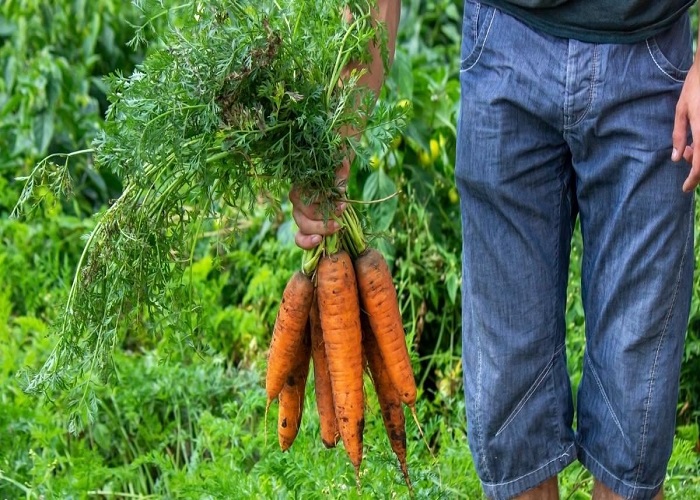Some gardeners may be put off from growing carrots, despite the fact that they are one of the healthiest vegetables they can cultivate because they believe it is difficult to produce a large quantity of strong roots. Or perhaps you already know what you’re doing when it comes to growing carrots, but you’d like to increase your yields significantly.
With these tips, you’ll not only be able to produce carrots successfully, but you’ll also get a larger crop than ever before.
Here are 10 tips that will help you grow a massive crop of carrots.
Planting Carrots at the Right Time
Cooler temperatures are ideal for carrot germination and growth. It’s true that these plants thrive best in cooler temperatures, but if you wait until late in the year to plant them, their growing season will overlap with the warmer months of summer.
Carrots should be planted in the ground three to four weeks prior to your area’s last frost date in the spring. Because they can withstand frost, you won’t have to worry about slower development in the winter. The optimal temperature for seed germination is roughly 55 degrees Fahrenheit.
As an autumn crop, carrots should be planted 60-70 days before the first frost date in your area. They need to germinate at warmer temps, but if you follow the advice below, you shouldn’t have any trouble getting a good crop.
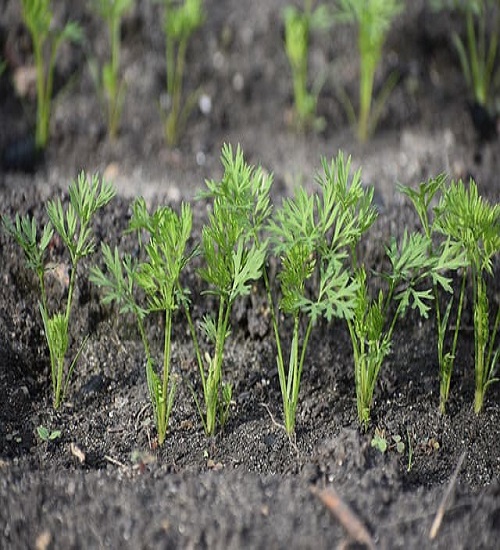
Work The Soil
Carrots thrive in loose, noncompacted soil that is 12 inches deep. The growth of your carrots could be stunted if there are any rocks or sticks in the soil that haven’t been broken up.
Carrots, being root crops, want loose, unrestricted soil in which to develop. Vegetables will be distorted or stunted if the soil is too compact or if there are obstructions in their path. The last thing anybody wants is that!
Although some people engage in tilling their soil, this practice has been met with criticism due to the damage it does to ecological systems. Using a broad fork and rotating your work over the course of a few growing seasons is another option for preparing your soil. It takes some forethought, but in the end, your soil will benefit.
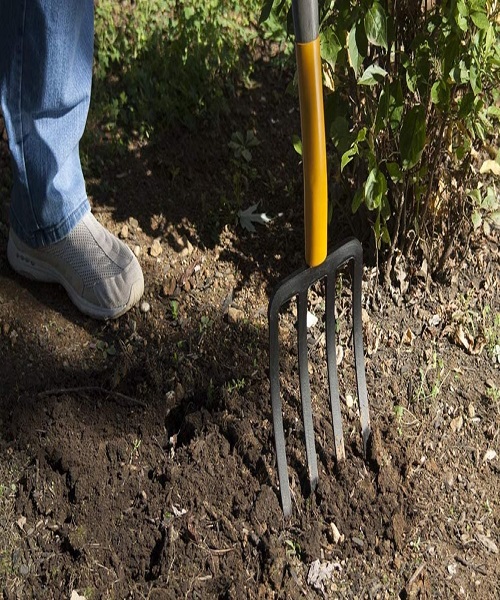
Do not plant carrot seeds deeply
When growing carrots, you should not plant them as deeply as you would with other crops. The planting depth for carrot seeds is minimal, at most a quarter of an inch.
Making a shallow trench with your fingertip, just making an indentation to indicate where the seeds need to be placed in a line, is the best approach to sowing carrot seeds.
The seeds should be covered with a light coating of soil. That lessens the potential for mucking up the seeds or planting them too deeply by accident, both of which can hinder germination and growth.

Incorporate Pelleted Carrot Seeds or Allocate Sufficient Room
Pelleted seeds are simply coated seeds that make spacing much easier. Spacing regular carrot seeds at just the proper distance apart can feel like a daunting task. Planting carrots at a depth of two to four inches is recommended.
Thin the plants out when they’re about three inches tall if you can’t get the seeds spaced out properly.
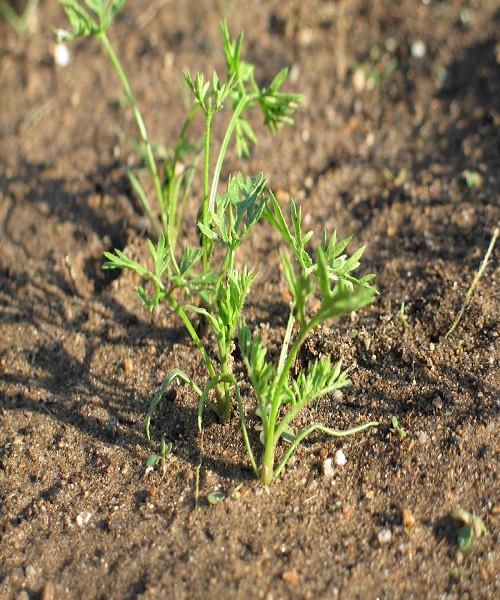
Ensure that your carrot rows are covered
Covering the rows after planting carrot seeds is a tedious task, but trust me, it’s worth it. Since carrot flies are such a problem, protecting the plants from them is essential.
If you want bigger carrot crops, don’t bother with the carrot fly.
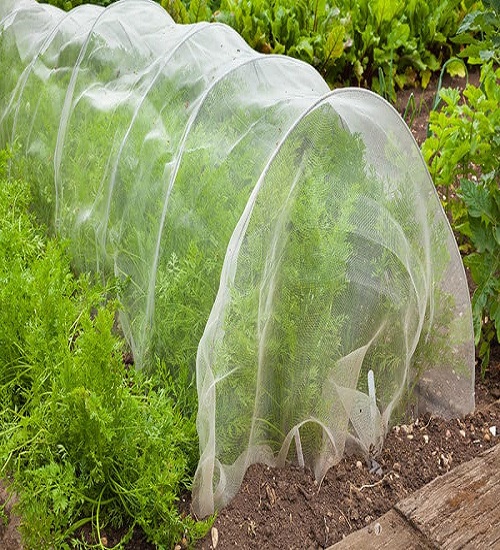
Water
One of the most crucial pieces of advice for a bumper crop of carrots is to water them more frequently than you anticipate they would need it. Carrot seed germination might take up to three weeks, during which time regular watering is essential. These seeds require a lot of water and take their sweet time germinating.
Carrots won’t germinate or grow to full size if they don’t get adequate water. Carrots get watered once a day, sometimes twice a day, from me. In my experience, the more I water them, the better they develop. However, this is only valid if the soil is able to drain enough. Make sure there’s no rotting water sitting around or damp soil.
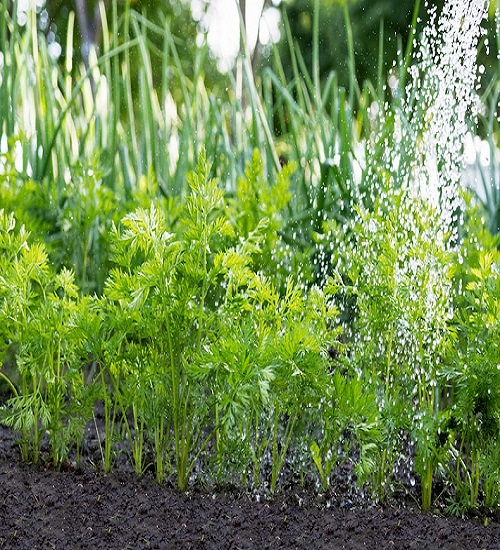
Weed on a regular basis, then mulch
Another helpful piece of advice for achieving optimal carrot development is to frequently weed the area around your plants. Your tender carrot plants cannot survive if weeds are also competing for soil resources.
Don’t forget to constantly remove weeds from the area around your plants. In order to give your seedlings the best possible start, you should do what you can to keep the weeds at bay.
Mulch around your plants when they have grown to be around three to four inches tall. There are many advantages to using mulch. Mulch has two purposes: it reduces the number of nutrient-competitive weeds and keeps the soil moist.
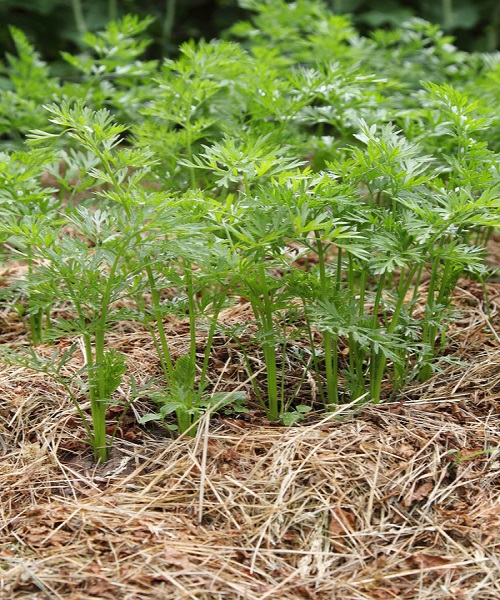
Don’t forget to fertilize
It’s common knowledge that tomatoes and other plants require fertilizer, but it’s easier to forget that carrots do, too.
To begin fertilizing, wait until your carrot greens have reached a height of about three to four inches. As I don’t want the plants I’m removing to benefit from the fertilizer, I always apply it after I thin.
Go for a fertilizer that is low in nitrogen and high in potassium and phosphorus. We recommend either a 0-10-10 or 5-15-15 fertilizer. Too much nitrogen can encourage excessive leaf growth at the expense of root development, which is not what you want from your plants.
When the carrot tops reach six to eight inches long, fertilize again, especially if they begin to turn a pale color.
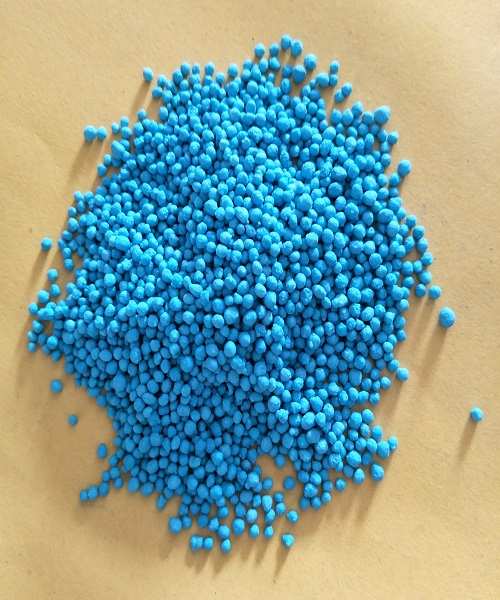
Begin a haphazard harvest after about 70 days
The best way to tell if your carrots are ready to harvest is to pick one at random every few days beginning on the date shown on the seed packet.
Carrots can be harvested when they reach the desired size. If you wait too long, the carrots will become tough and unpleasant.

Don’t Be Afraid About Frost During Harvest
Even if frost is predicted for your fall garden, planting carrots is still a good idea. Carrots, like many other crops, taste better after being lightly frost-touched. Some gardeners recommend waiting until after a few touches of frost have hit before picking these vegetables.
The flavor difference will astound you! Allow your carrots to mature a little longer rather than rushing to pick them, and you’ll get a better yield.

